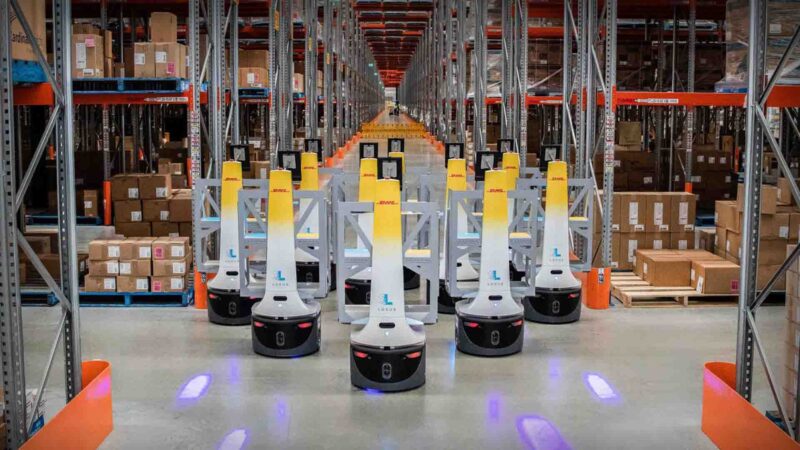ACADEMIC AND INDUSTRY HEALTH ALLIANCE TACKLE TOMORROW’S NATIONAL HEALTH CHALLENGES TODAY Trends report identifies prototyping targets for breakthroughs in digital and hybrid futures
With
Vishaal Kishore,
Professor of Innovation and Public Policy
RMIT University &
Executive Chair, RMIT-Cisco Health Transformation Lab &
Director – Impact, RMIT University, Melbourne
AUSTRALIAN HEALTH JOURNAL SEGMENT
Filmed in Melbourne | June 2025
Vishaal Kishore, a Professor of Innovation and Public Policy at RMIT in Melbourne, serves as the Executive Chair of the RMIT-Cisco Health Transformation Lab and RMIT’s Director of Impact. Led by the RMIT-Cisco Health Transformation Lab, the National Industry Innovation Network (NIIN) Health Alliance combines the best minds, technologists, industry capabilities and academic resources to solve pressing industry and social challenges through technology-driven innovation. The NIIN aims to pool insights and expertise to address national health challenges, marking its first vertical focus on health.
Last year a “Sandbox” was established to serve as a digitally rich collaboration and prototyping studio designed for privacy and security, ready to innovate in aged care and healthcare. The “Sandbox” housed at RMIT-Cisco’s Health Transformation Lab is a digitally-enabled mock care setting where researchers, startups and health system professionals work together on prototypes for the future of health. The Sandbox enables a frictionless pipeline from idea to implementation. The inclusion of autonomous robotics, has created a space where the most futuristic visions for health can be trialled, tested, and translated into practice.
The Health Transformation Lab emphasises user engagement, prioritising the voices of clients and clinicians to design solutions based on their needs rather than assumptions. This practice aims to ensure that any technology developed gains traction in health systems only if it genuinely reflects user requirements.
The NIIN Health Alliance has identified urgent needs in the healthcare system, considering the rapidly evolving technological landscape. As part of their strategic planning, they reviewed nearly 10,000 articles and reports to outline pivotal trends for the future in the publication “Health x Digital Transformation Report 2024-2025”.
In this report, a significant focus has been on the implications of augmented intelligence, remote patient monitoring, digital simulations, adaptable systems, and leveraging advancements in biotechnology, aiming to prepare the healthcare sector for emerging challenges and opportunities in the coming years.
Source: Written from transcript and health transformation lab website by AUDIENCED
You Might also like
-
Surgical Site Infection (SSI) Synopsis, including modifiable and non-modifiable risk factors
Talking to the Australian Health Journal, Professor Russo states there is a particular concern in joint operations, such as hip or knee replacements, as infections in these areas can have severe consequences, including the removal of the infected joint, prolonged treatment, and significant costs for both hospitals and patients. Despite the substantial impact of surgical site infections, Australia lacks a national surveillance program for these infections, making it challenging to obtain accurate data. However, an estimate suggests that around 45,000 surgical site infections occur annually in Australia, resulting in approximately 900 deaths.
-
CASE STUDY: Evolution in the medical device supply chain
For Cardinal Health, a global manufacturer and distributor of medical products, the process begins when products arrive in Australia and are cleared by customs before being stored at their Sydney warehouse. From here, they fulfil orders for various clients, including hospitals and wholesalers, supported by DHL’s logistics services.
-
How I Became an Emergency Physician
Dr Kim Hansen was initially attracted to emergency medicine because of its dynamic and chaotic environment. She enjoyed organising the chaos of the emergency department and working with a variety of patients, from newborn babies to centenarians. Dr Hansen found it fulfilling to help people get better or provide them with assistance and guidance when they couldn’t be cured. The unpredictability of the work was also part of the appeal, and she dedicated herself to developing the skills required to be a good emergency doctor.



